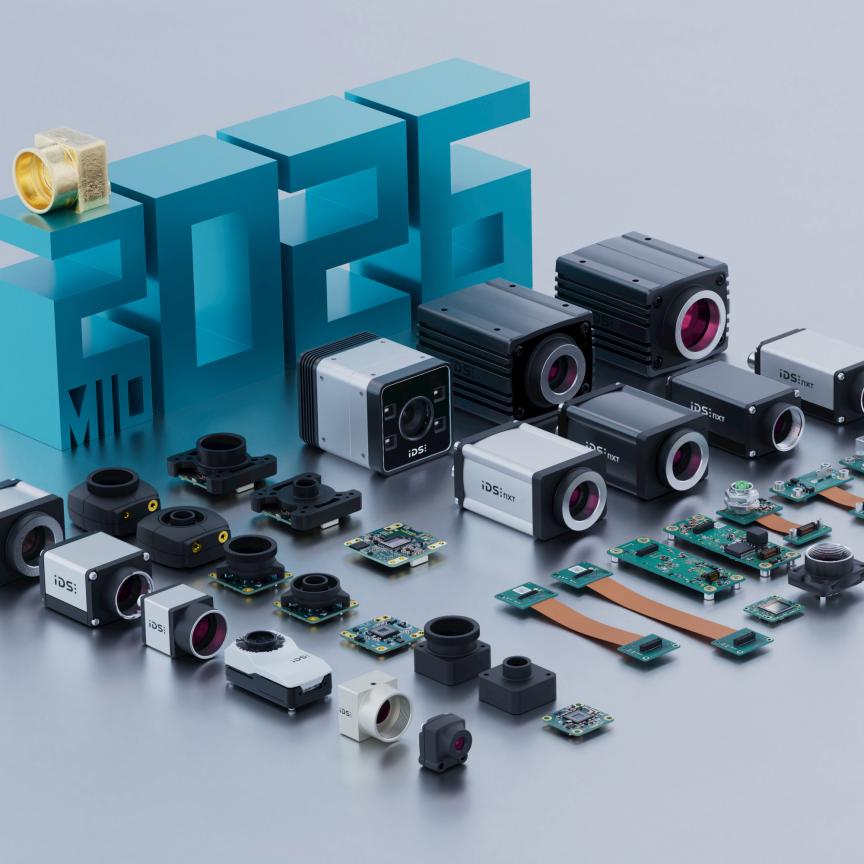A 3D CMOS sensor developed by researchers at the Fraunhofer Institute for Microelectronic Circuits and Systems IMS in Duisburg has been integrated in unmanned aerial vehicles (UAVs) as collision-avoidance technology. The drones are often used by police in surveillance operations and the sensor provides better autonomous operation to avoid collisions with other drones and obstacles.
‘The sensor can measure three-dimensional distances very efficiently,’ said Werner Brockherde, head of the development department. Every pixel on the sensor is given a grey value as well as a distance value, which enables the drones to determine their position in relation to other objects around them.
The distance sensor developed by the IMS offers significant advantages over radar, which measures distances using reflected echoes. ‘The sensor has a much higher local resolution,’ said Brockherde. ‘Given the near-field operating conditions, radar images would be far too coarse.’ The flying robots are capable of identifying even small objects measuring 20 x 15cm at ranges of up to 7.5 metres. This distance information is then transmitted at 12 images per second.
Even when there is interfering light, for example when a drone is flying directly into the sun, the sensor will deliver accurate images. It operates by time-of-flight (TOF), whereby light sources emit short pulses that are reflected by objects and bounced back to the sensor. In order to prevent over-bright ambient light from masking the signal, the electronic shutter only opens for a few nanoseconds. In addition, the sensor also takes differential measurements, in which the first image is captured using ambient light only, a second is taken using the light pulse as well, and the difference between the two determines the required output signal.
The 3D distance sensors are built into cameras manufactured by TriDiCam, a spin-off company of Fraunhofer IMS. The work falls under the AVIGLE project, one of the winners of the ‘Hightech.NRW’ cutting-edge technology competition which receives funding from both the Land of North Rhine-Westphalia and the EU.

